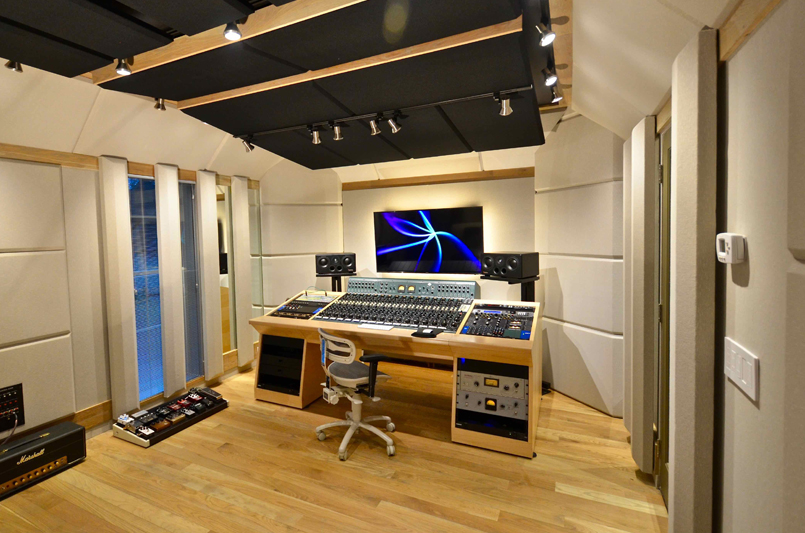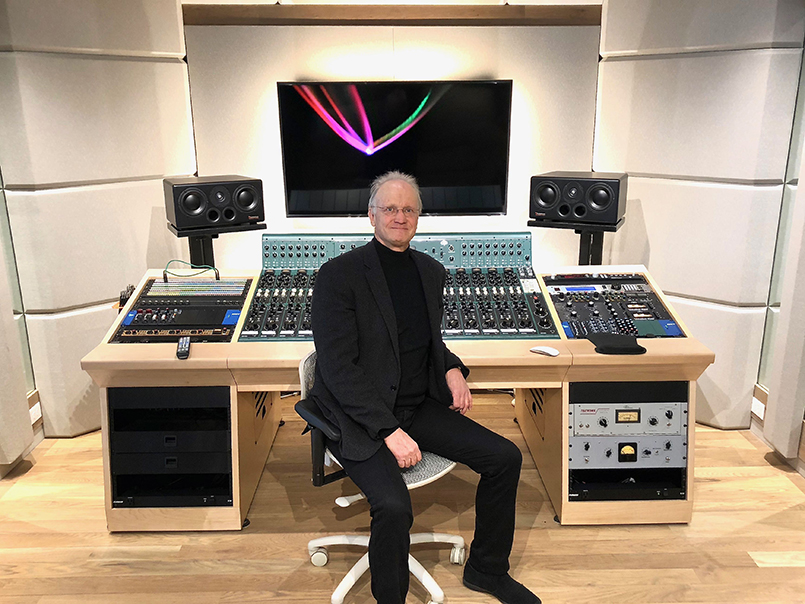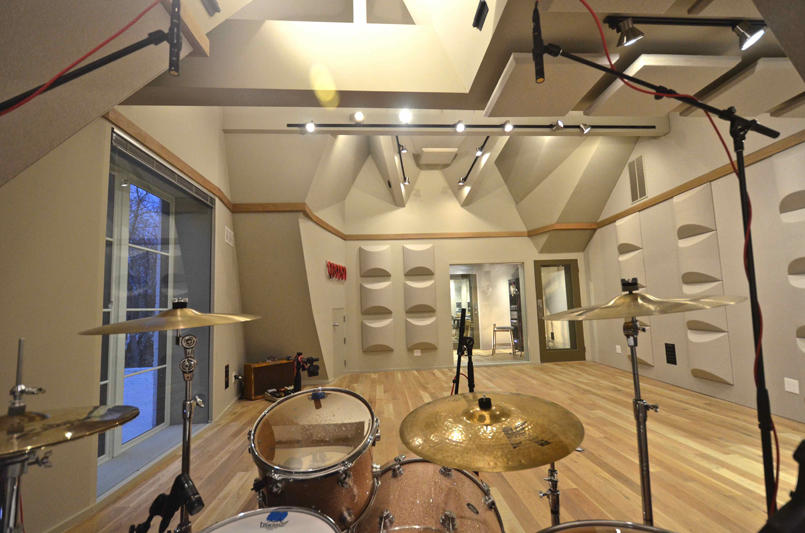
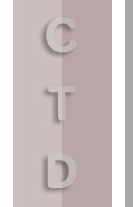
Amazing Spaces: Inside The Upper Deck
Audio Media International, February 2019
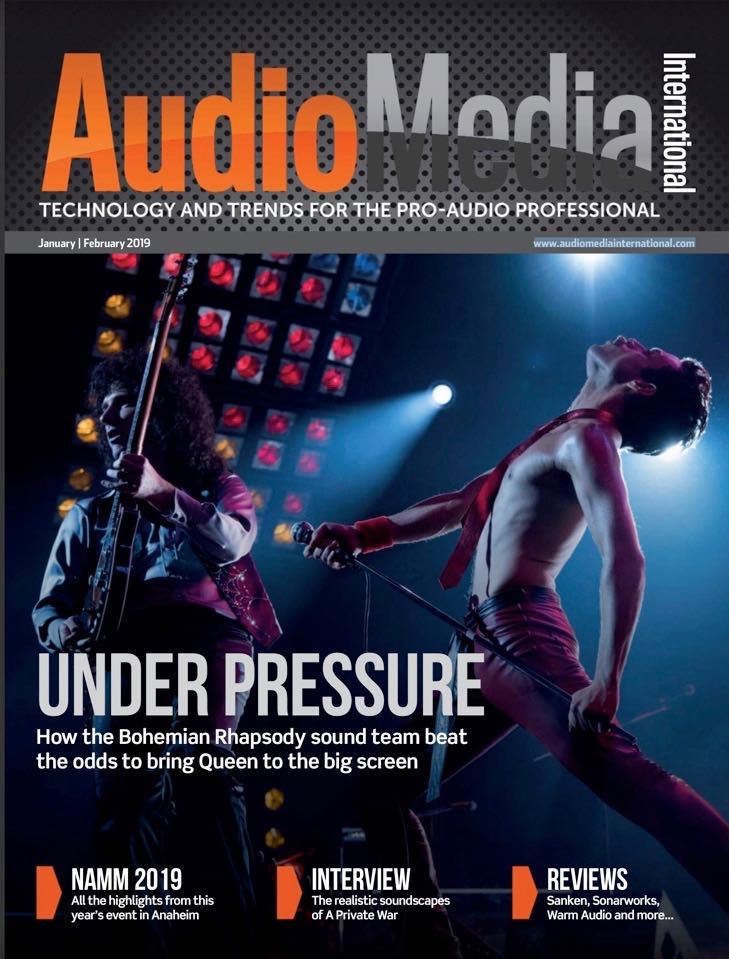 The Upper Deck
The Upper Deck
(Nashville, Tenn.)
- Carl Tatz gives AMI the lowdown on his custom designed, NAMM TEC Award-nominated recording studio, The Upper Deck... -
How did you first get involved with the project?
Carl: The owner of The Upper Deck – a Major League Baseball player who would like to remain anonymous for professional reasons – was incredibly supportive throughout the whole process. I was contacted by the original owner of the house who was a contractor himself, and I was referred by a personal assistant of Joe Don Rooney of Rascal Flatts, because I’d built a couple of studios for him.
The owner’s big requirement was that they didn’t want to hear anything in the house. It’s a huge house and they wanted to be able to crank the guitars up without hearing it everywhere. In this instance, the studio was still connected to the house with an attic area, so I had to tell him: “it’s a house, there are a lot of things I can do, but don’t think you’re not going to hear it.” If it was separate from the house or if we were building from the ground up it would’ve been different. So that was the starting spec – they didn’t want any noise leakage into the neighbourhood which was very successful; you could still hear it in the house somewhat but it wasn’t terrible.
How did you go about meeting all of the technical requirements?
Carl: I ended up standing in this great space just wondering what I was going to do with it. There were nine-foot ceiling joists in what was going to be the tracking room, so if we could remove these joists, we could take advantage of this crazy 18ft ceiling with five dormers in it. But still, there wasn’t anything I could really draw out and say, “OK this is what we’re going to build,” it was more like a design-as-you-go process.
The control/mix room was more straightforward. It's an unusual layout because there’s a staircase in between the mix room and the tracking space. It took a lot of ingenuity to get the sight lines perfect so you can sit in the chair and look directly at the drummer in that cove there. Then it was just a building a room-within-a-room approach. The windows were a big deal, especially the large window – the piece of glass on this weighed something like 700lbs. I had seven guys with white faces trying to forklift that up, because if you drop that thing you’re going to lose a foot! That was a big contention.
We were then able to take that space where the staircase is between the tracking and mix rooms and turn that into a entry vestibule/machine room/recording booth – That worked out really well.
Originally, the client mainly just wanted this as a place to jam with his friends – as a hobbyist he’s got an amazing guitar and amplifier collection. He said he might want to do some recording so it just morphed into an actual professional grade studio complete with a control room etc. because he was about to buy all this new gear. Someone else advised him about the 16-channel Tree Audio Roots Generation II mixing console, which worked out well, because it’s a great console for an amazing tracking room.
My only part of the gear was the PhantomFocus System – which is the star of the whole studio – although I did design the desk that the Tree Audio console sits in with Nashville’s Sound Construction. I was trying to get it as low as possible because when a console comes up high it really affects the monitoring. I often design my mix rooms from the monitoring outwards.
Was it a smooth collaboration with the other parties involved?
Carl:People are moving here to Nashville all the time so there’s a tremendous amount of building going on. For this reason it’s hard to get workers – one challenge was getting the dry wall up. We had to sandwich a layer of 3/4-inch MDF and two layers of 5/8-inch sheetrock, so that’s three layers and two inches of thickness being applied to a very unusual chopped up ceiling that’s 18ft high. It took a couple of months just for dry wallers to come in. It would’ve happened a lot faster but we were at their mercy because it was such a challenging job.
The original owner of the house was a contractor so he ended up being the contractor for the project. He had his electrician come in and I just had to work with them rather than some more seasoned studio guys, so this was a slight challenge but it worked out.
Could you tell us more about the PhantomFocus System you installed?
Carl:The client was playing baseball all summer so I had to use the mix room as a lab for my monitors. I developed them further and came up with a new model there. I believe there’s nothing out there that can do what this system does – it’s a very applied and proven process, and typically takes around two days to set up. The hardware consists of a pair of PFM ICE Cube-12 subwoofers, a PFS 4800 digital processor, the PFS stands, four PFM MonoBlock 2200 amps, PFS Monitor Stands, and of course the monitors themselves, which in this case were PFM HD bi-amp models.
Auralex Acoustics were also involved and we used the Carl Tatz Signature Series products. It’s mostly in the mix room and there’s a few things in the tracking room too, like the canopy over the drums, which houses a stereo pair of Crown PZM microphones, with another two in the high ceiling. I’ve built a lot of custom studios and I just like the idea of this architectural look, which I came up with in this case by using the Auralex panels. It gives my rooms a unique look compared to other studios – in this case the client was blown away. The outboard gear meanwhile was recommended by the owner’s friend, and included two API 500 series lunchboxes, a Briscasti M7 stereo reverb processor, Eventide H8000FW multichannel effects system and more.
What made this project particularly unique?
Carl:The space was so unusual. Tracking rooms can be crazy and this was certainly going to be crazy with so many angles making it that much more difficult. One gift we had in the PhantomFocus mix room was that behind the back wall, the roof line continues for another six feet or so, so there’s this big cavity into which I was able to put my axial mode absorber and a bunch of other absorption stuff, turning it into a huge bass trap. So even though the room is small, the low end in the room is breathtaking. It’s not what you expect, and that’s what makes it fun!
Carl Tatz Design: 6666 Brookmont Terrace, Suite 1109, Nashville, TN 37205, 615.354.6242 / carl@carltatzdesign.com









